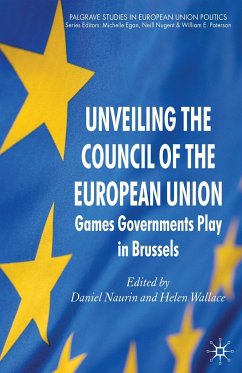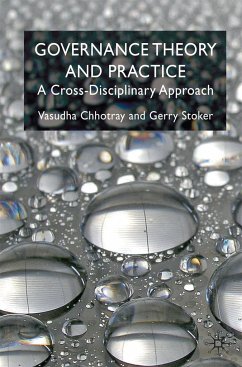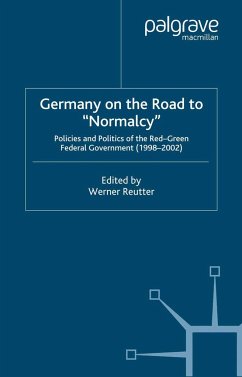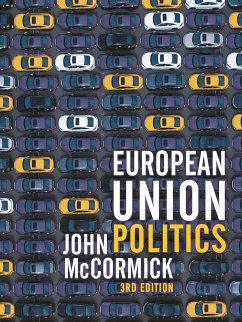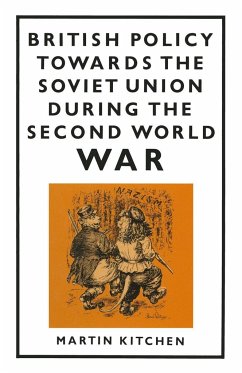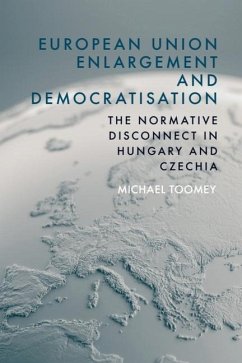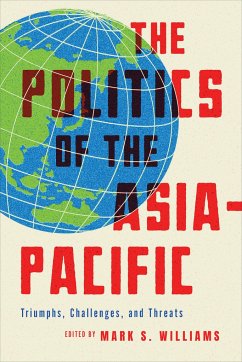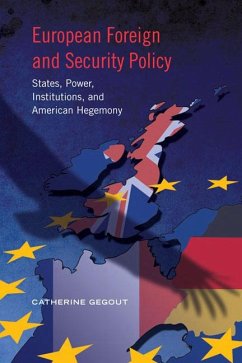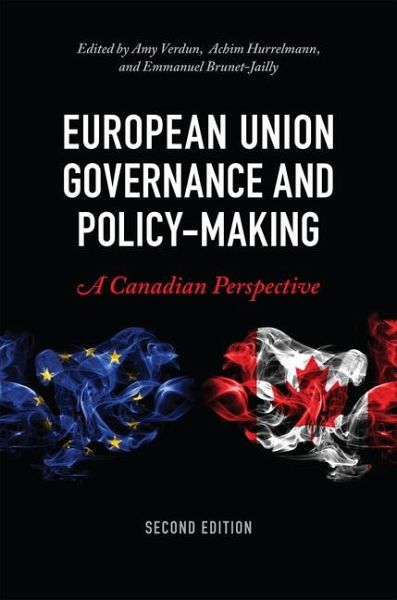
European Union Governance and Policy-Making, Second Edition
A Canadian Perspective
Herausgeber: Verdun, Amy; Brunet-Jailly, Emmanuel; Hurrelmann, Achim
Versandkostenfrei!
Versandfertig in über 4 Wochen
139,99 €
inkl. MwSt.

PAYBACK Punkte
70 °P sammeln!
This textbook introduces students to the politics of the European Union (EU) and discusses the most important challenges the EU is facing.





